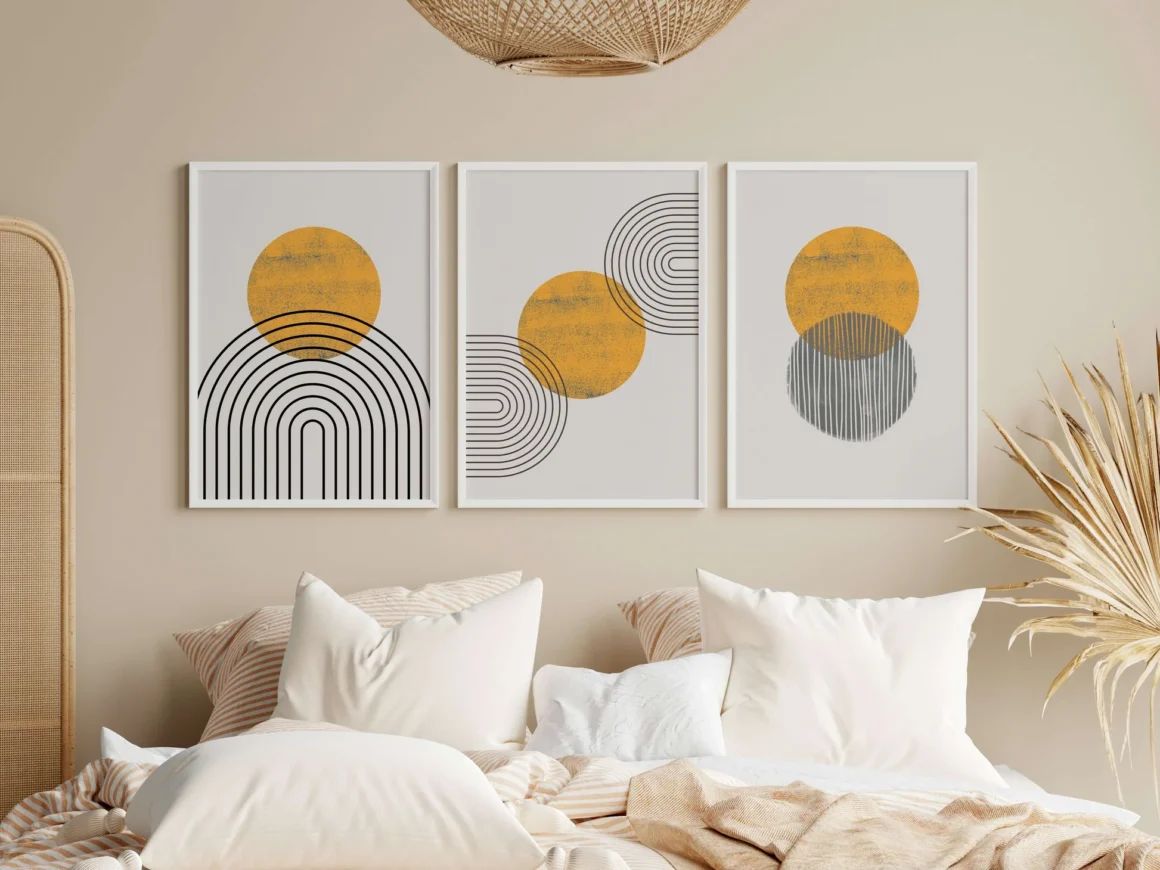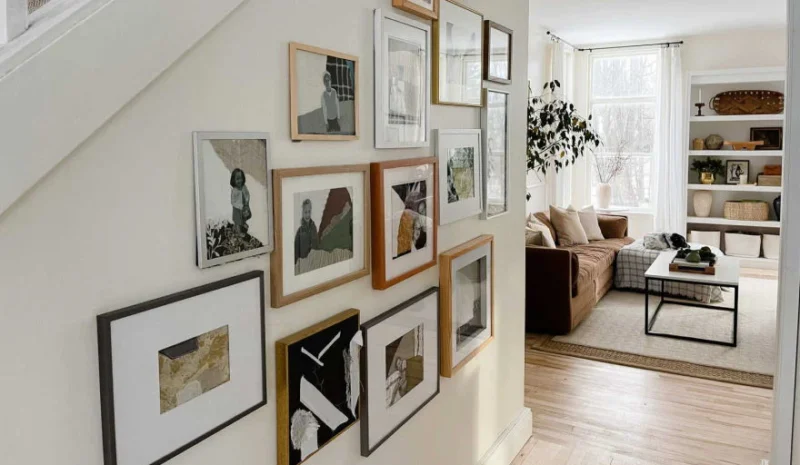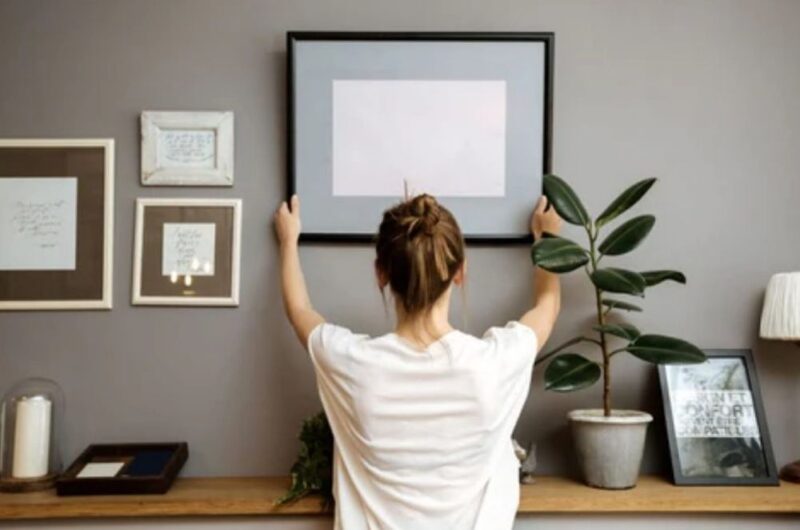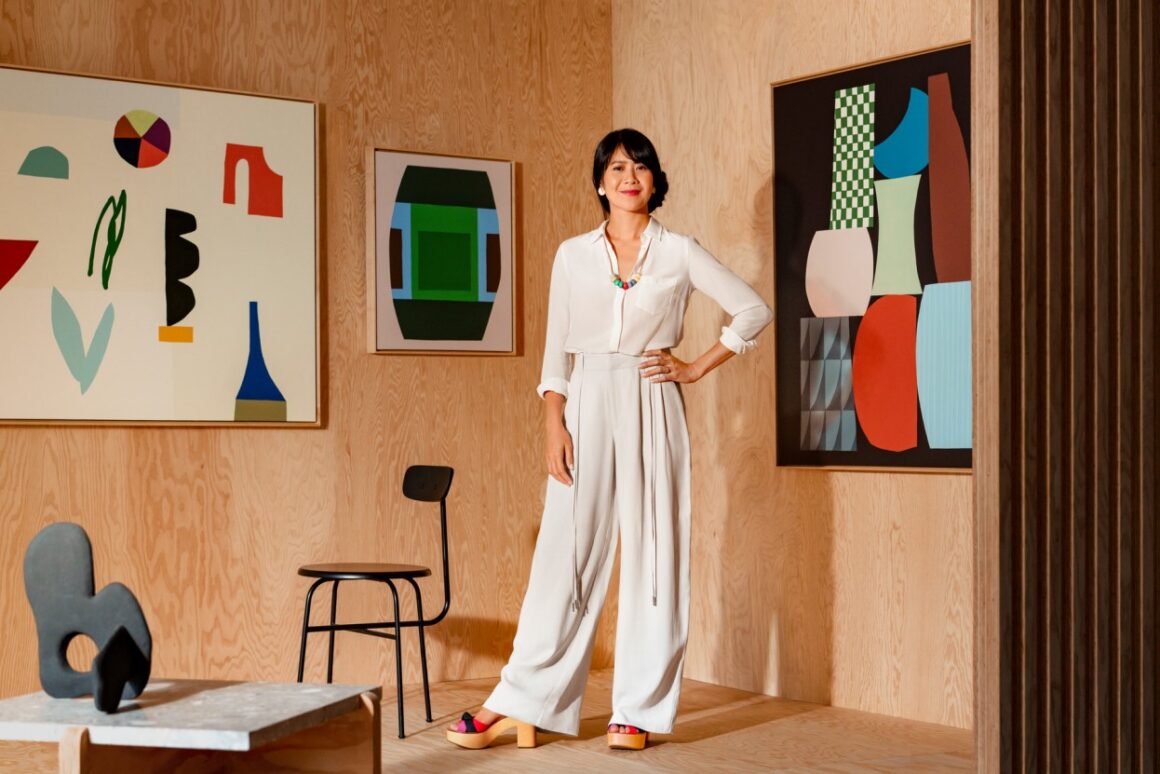Choosing the right wall art changes how a room feels. It adds personality, creates balance, and helps you tell your story without words. If your space feels flat or impersonal, chances are your walls aren’t saying much. Here’s how to fix that without wasting money or settling for generic decor.
Art has the power to influence mood, energy, and connection in any space. When chosen with care, it becomes more than decoration—it becomes part of your daily experience. The right piece draws attention, starts conversations, and quietly reminds you of what matters most. Too many people treat wall art as an afterthought. In reality, it’s one of the most direct ways to make your home feel make your home feel .
Key Highlights
- Art should reflect your mindset, not just match your couch
- Scale and placement affect how the art speaks in your space
- Mix textures and materials to create emotional depth
- Personal connection matters more than price or trend
- Curating original work creates a home that feels intentional
- Avoid common mistakes that make art feel like filler
Think About the Room First

Art should support the purpose of a room. A peaceful bedroom benefits from soft imagery, while a hallway could use something bold to create movement. Kitchens benefit from simplicity—line drawings, abstract colors, or calming shapes. A living room offers the most flexibility.
Pro Tip: Avoid browsing for art with color in mind first. Instead, focus on what the room needs emotionally. Do you want it to feel grounded, energetic, or serene?
Use your existing furniture layout to determine where the focal points are. That tells you where art belongs—and how strong of a presence it should have.
Make It Personal, Not Generic
Your wall doesn’t need another mass-produced piece. Art that holds meaning lasts longer. Instead of searching for color-matched prints, look for subjects that feel close to you. Maybe it’s a coastline from your hometown, or a surreal piece that mirrors your current headspace.
To avoid copy-paste aesthetics, explore independent creators offering original art for sale by artist. You’ll find unique voices, often with direct stories behind each piece. That connection elevates your space and supports real creativity.
Sizing Isn’t Optional
The wrong size will flatten the room. Too small, and it disappears. Too large, and it overwhelms everything else. Instead of guessing, use painter’s tape on your wall to block out the intended area. Step back and assess the proportion.
Here’s a quick reference guide:
- For a blank wall, art should cover about 60–75% of the available width.
- Above furniture, go for 2/3 to 3/4 of the width of the furniture piece.
- Leave at least 15 cm of space between the bottom of the frame and the top of furniture.
Quick Reminder: Art is part of your design, not an afterthought. If you plan it like you would your lighting, it will always feel intentional.
Materials Make a Statement
You don’t need all your pieces to be on canvas. Metal, acrylic, wood, and mixed media all bring different tones into the room.
- Canvas tends to feel warm and soft.
- Framed photography adds structure.
- Acrylic prints give a modern, sharp look.
- Wood textures pull in rustic or organic vibes.
Use your room’s vibe as a baseline. A minimalist space works well with neutral textures. If your interior already has wood, a metal piece might stand out better. Match or contrast—both work, but only if you do it with purpose.
Don’t Just Hang—Curate

Gallery walls still work, but the era of chaotic layouts is over. What makes a strong display is rhythm and consistency.
A common mistake is going overboard with random frames and unmatched styles. Instead, choose pieces that share a feeling. They can be different mediums, but the emotional tone should be cohesive.
Start with a central piece, then build around it. Balance the weight across the wall, so one side doesn’t feel heavier than the other. Use different frame types only if you’re confident they won’t clash.
Important Note: A gallery wall isn’t about quantity. It’s about connection. Let each piece breathe.
Texture Adds Mood
Flat art feels safe but forgettable. Texture changes how a wall behaves under light. It adds subtle contrast and depth that smooth prints can’t deliver.
Look for artwork that uses visible brushstrokes, layers of paint, fabric, or sculptural elements. Even prints can carry texture when mounted properly.
One well-placed textured piece in a clean room can shift the whole mood. You don’t need everything to stand out—just enough to keep things from going stale.
Change It Up Through the Year

You don’t need to keep the same artwork up all year. A rotating art setup lets you bring in new moods seasonally. Light, breezy prints in summer can be swapped out for deeper tones in winter.
Keep seasonal art stored safely. Use flat boxes or folders with acid-free paper. That way you can switch art the way you would throw pillows—without damaging it.
Style Tip: Seasonal swaps don’t need to be literal. Even changing frame colors or repositioning art can freshen the vibe.
Avoid These Common Mistakes
Most homes have art. Few get it right. Here’s what to steer clear of:
Mistake 1: Choosing art for color alone
That limits your emotional connection and leads to quick burnout.
Mistake 2: Hanging art too high
Always aim for the center of the piece to be around 150 cm from the floor. That’s standard eye level.
Mistake 3: Buying without measuring
Use painter’s tape before you buy. Guesswork never ends well.
Mistake 4: Playing it too safe
Don’t match everything to the furniture. Let the artwork make its own statement.
How to Start Building a Real Collection

You don’t need to fill your walls in one month. In fact, it’s better if you don’t. Start slow and build your collection like a playlist.
Try this:
- Visit local markets or student galleries
- Follow emerging artists online
- Buy limited-edition prints instead of mass-produced copies
- Talk to artists about commissions
Keep your budget realistic. Even $50–$100 set aside monthly can build something amazing over time. Every piece you buy with intention becomes part of your home’s evolving story.
Let Your Walls Say Something About You
Your walls don’t need to follow trends. They need to show who you are and what matters to you. Whether you’re choosing bold abstracts, soft landscapes, or photography that captures a feeling—make it count.
Each piece should earn its spot. You don’t need perfect coordination. You need honesty and presence. The right art does more than decorate—it holds space for who you are and what you care about.
Choose slow. Choose personal. And above all—choose with confidence.


